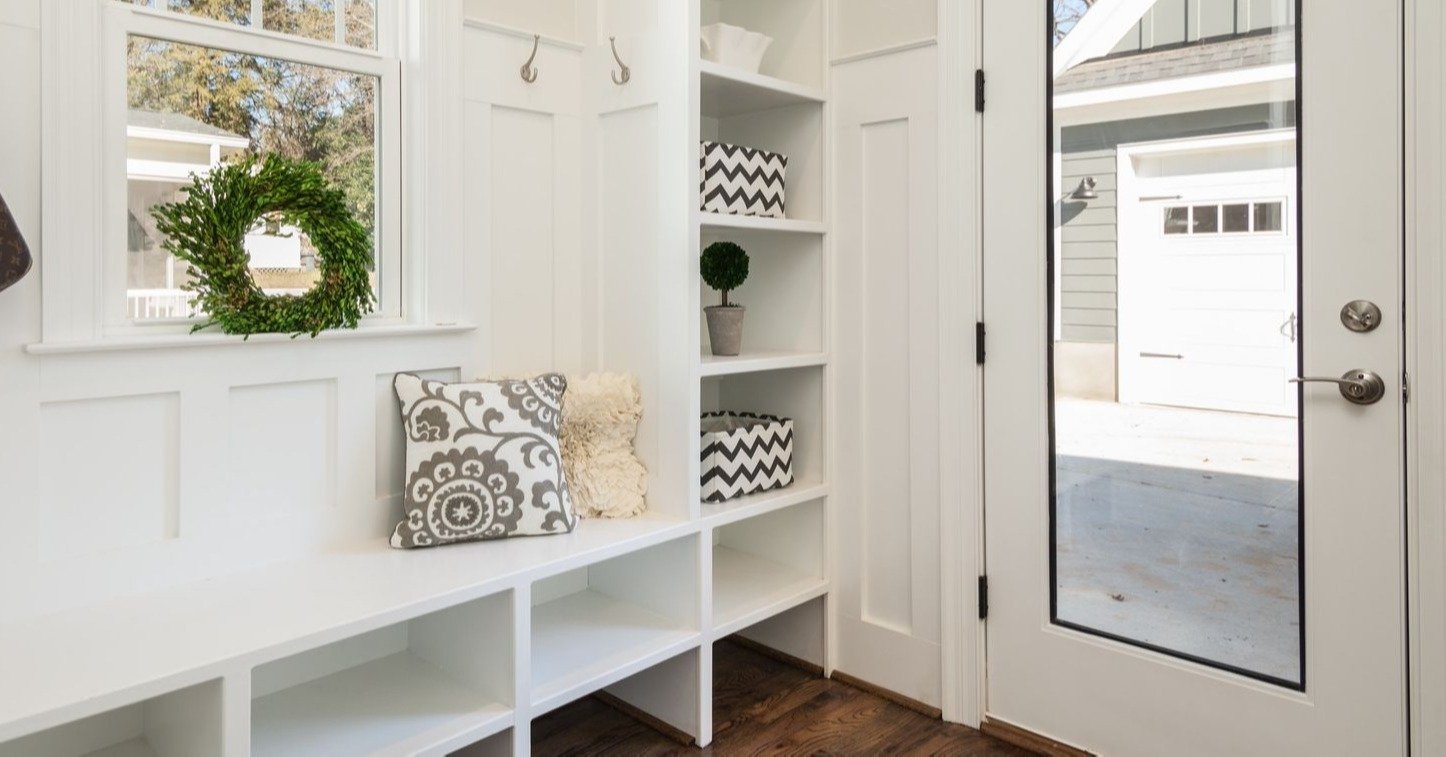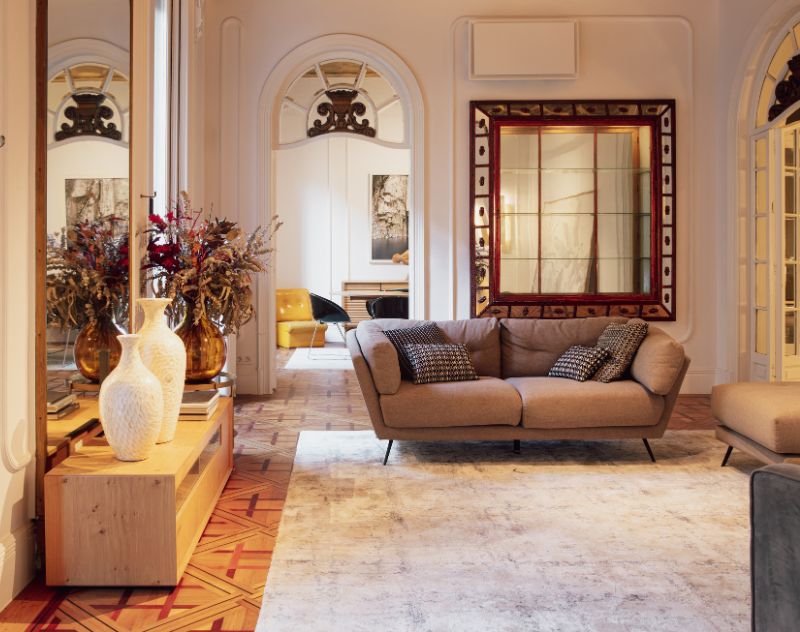
Mudrooms serve as the transition area between the outdoors and your home’s interior. Whether you live in a snowy climate, have kids involved in sports, or simply want a place to store shoes and coats, a mudroom can provide practical solutions to everyday challenges. Designing a functional mudroom through a home addition can increase both your home’s utility and its value. A well-designed mudroom not only keeps your home tidy and organized but can also improve the flow of your daily routines. Here’s how to design a mudroom that suits your family’s needs while ensuring the Home Additions integrate seamlessly into your home.
Plan for Purpose and Functionality
Before you start designing, think about how your mudroom will be used. Are you storing coats, shoes, or wet outdoor gear? Do you need space for children’s backpacks, sports equipment, or pet supplies? Defining the purpose of your mudroom will help you plan for the most functional layout and storage solutions.
Some common features in mudrooms include:
- Storage for shoes and coats: Consider built-in shelves, hooks, and cabinets to keep items off the floor.
- Cubbies for kids: Cubbies can be a game-changer for family organization, providing each child with their own designated space.
- Seating area: A bench for sitting while putting on shoes or removing outerwear is a great addition to a mudroom.
- Pet area: If you have pets, a mudroom can be a dedicated space for pet supplies, feeding, and even a dog wash station.
Think About the Space You Have Available
When planning a mudroom as part of a home addition, you will need to assess how much space you have available. Mudrooms typically need to be spacious enough to accommodate all the functional features you want but not so large that they overwhelm the rest of your home. Consider whether you are adding onto the side of your house or converting an underused area like a porch or garage.
Here are a few layout considerations for the space:
- Flow from outside: Ensure that the mudroom has easy access to the outdoors, making it convenient for family members to enter the house with dirty or wet shoes and clothing.
- Proximity to other rooms: Ideally, a mudroom should be near the kitchen or laundry room for easy access to storage and cleaning supplies.
- Open or closed floor plan: An open design may feel more spacious, while a closed-off mudroom could provide more privacy and separation from the rest of the home.
Select Durable and Easy-to-Clean Materials
Since a mudroom deals with a lot of dirt, mud, and moisture, choosing the right materials for the walls, floors, and storage is key to maintaining a long-lasting, functional space.
- Flooring: Choose durable, waterproof, and easy-to-clean flooring materials. Options like tile, vinyl, or stone are perfect for high-traffic areas like a mudroom. These materials are resistant to stains and moisture, ensuring the space remains neat and tidy even with heavy use.
- Walls and Paint: Opt for washable paint or wall coverings that can easily be wiped down. Ceramic tiles, beadboard, or wainscoting are also great options for walls, as they can protect against scuffs and dirt.
- Storage Materials: Wood, metal, and heavy-duty plastic make great options for shelving and storage. Ensure the materials are sturdy enough to hold heavy coats, bags, and shoes.
Add Smart Storage Solutions
Effective storage is one of the most important aspects of a well-designed mudroom. Think about maximizing vertical space and utilizing all available areas, such as walls, ceilings, and underfloor compartments. Some storage ideas to consider include:
- Wall-mounted hooks or pegs: Great for coats, hats, bags, and umbrellas. Adjustable hooks can provide versatility for varying items.
- Built-in cabinets or lockers: Cabinets with doors or open shelving can help organize various items and hide clutter.
- Drawers or baskets: Use pull-out drawers or baskets for smaller items like gloves, scarves, and shoes. They keep items easily accessible but out of sight.
- Drop zones: A space for keys, mail, and other everyday essentials can help keep the clutter under control as you enter your home.
Include Proper Lighting
Lighting is essential in any mudroom, as it ensures safety and makes it easier to find things during the darker hours of the day. A well-lit mudroom will feel inviting and functional. You can incorporate overhead lights or sconces that provide ample illumination for tasks like finding shoes or hanging up jackets. Also, consider installing motion-sensor lights to provide hands-free operation when entering the room with full hands.
Consider accent lighting in areas like:
- Overhead lighting above the main entry or seating area.
- Under-cabinet lighting for cabinets and shelves.
- Task lighting by the coat hooks or shoe rack.
Prioritize Ventilation and Cleanliness
A mudroom often deals with moisture, dirt, and humidity, especially during rainy or snowy seasons. It’s crucial to plan for proper ventilation to prevent mold and mildew build-up and to ensure a fresh, clean environment.
- Ventilation options: Installing an exhaust fan, window, or HVAC vent can help regulate airflow in the room. If possible, design the mudroom with windows that allow natural light and air to enter.
- Floor drains: If your mudroom will be used to store wet gear, including a floor drain can prevent water from pooling and keep the space dry.
Design for Aesthetic Appeal
Although functionality is the primary focus, the aesthetic appeal of your mudroom matters too. You want this space to blend well with the rest of your home’s design while maintaining its practicality. Incorporate colors and materials that complement your home’s overall style, whether that’s rustic, modern, or traditional.
Some aesthetic touches to consider:
- Custom cabinetry: Customized cabinets or shelving can fit the space perfectly while offering a polished look.
- Decorative accents: Add charm to your mudroom with rugs, artwork, or decorative baskets for an inviting and welcoming vibe.
- Color schemes: Earthy tones or muted colors work well in mudrooms, as they hide dirt better while creating a calm, clean atmosphere.
Integrate Smart Technology
Incorporating smart technology into your mudroom can help make the space even more functional. Consider adding smart devices such as:
- Smart thermostats to regulate temperature for comfort.
- Voice assistants for controlling lighting or playing music while you organize.
- Smart locks for secure entry into your home, especially if you add external access to the mudroom.
Quality Home Remodeling Services in Seattle by American Remodeling Experts
American Remodeling Experts offers premier home remodeling services throughout Seattle. Our team of experts specializes in everything from kitchen renovations to complete home additions. We are dedicated to providing high-quality results, staying within budget, and meeting your specific needs. Our personalized approach ensures that every remodeling project reflects your unique taste and lifestyle. Reach out today at 425.416.0017 or visit areseattle.com to learn more about how we can enhance your home.



